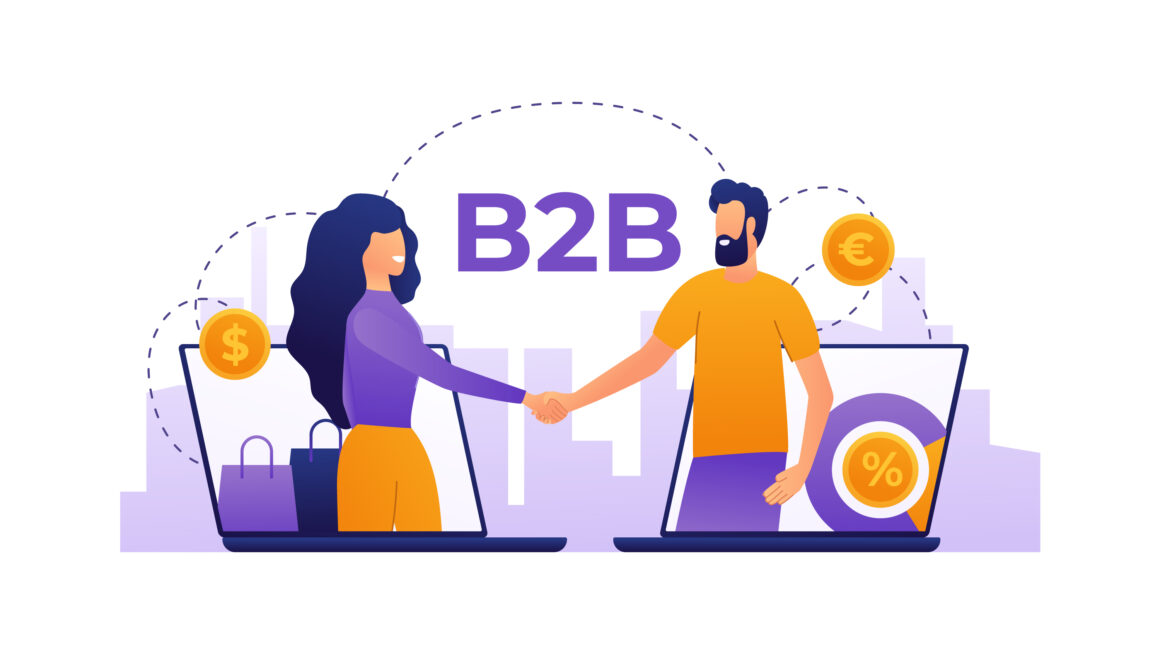Email marketing is a cornerstone of B2B lead generation strategies. Whether you’re a startup looking to make your mark or an established business aiming to scale, having access to the right contacts can make or break your campaigns. That’s where B2B email lists come in. But there’s a critical decision every marketer faces: Should you use a free email list or invest in a paid one?
At first glance, free B2B email lists may seem like a cost-effective shortcut, while paid lists might appear as a heavy investment. However, each comes with its own set of benefits and drawbacks. Let’s break it down and explore what you truly need to know before making a decision.
What Are B2B Email Lists?
A B2B email list is a collection of email addresses and contact information of professionals or businesses, segmented by industry, job title, company size, location, and other relevant criteria. These lists are often used for email marketing, outreach, lead generation, and nurturing campaigns.
There are two primary types:
Free B2B Email Lists: These are often available through online directories, forums, scraped data, or shared databases.
Paid B2B Email Lists: These are sold by professional data providers and are curated, verified, and segmented for marketing use.
Pros and Cons of Free B2B Email Lists
✅ Pros of Free B2B Email Lists
Cost-Effective
The most obvious benefit is that it’s free. For startups or small businesses with limited budgets, free email lists can provide a quick starting point for outreach.
Easily Accessible
A simple search online can yield several sources of free contact information. This includes LinkedIn scraping tools, open directories, and downloadable CSVs.
Low Risk for Experimentation
If you’re testing a new niche, audience segment, or campaign idea, a free list can offer a quick and low-risk way to experiment.
Cons of Free B2B Email Lists
Outdated or Inaccurate Data
Free lists are often outdated, contain invalid email addresses, or include generic emails like “[email protected]” that don’t reach decision-makers.
Low Deliverability Rates
Using free lists can lead to high bounce rates, triggering spam filters and damaging your sender reputation.
Lack of Targeting
Most free lists aren’t segmented by intent, industry, job title, or company size, making it harder to personalize your outreach.
Legal and Compliance Risks
Many free lists do not comply with GDPR, CAN-SPAM, or other data privacy laws. This could expose your company to legal risks.
Pros and Cons of Paid B2B Email List
✅ Pros of Paid B2B Email Lists
High-Quality, Verified Data
Paid email lists from reputable vendors are typically verified and updated regularly. This ensures higher accuracy and reduces bounce rates.
Advanced Segmentation
You can purchase lists tailored to your exact target audience—by industry, job role, company size, revenue, location, and more.
Better Engagement Rates
With cleaner and more relevant data, your emails are more likely to reach the right people, improving open and response rates.
Scalability
Paid lists offer the scalability needed for larger outreach campaigns, especially in enterprise B2B marketing strategies.
❌ Cons of Paid B2B Email Lists
Cost
High-quality data comes at a price. Depending on the niche and targeting filters, paid email lists can range from hundreds to thousands of dollars.
Vendor Quality Varies
Not all list providers are created equal. Some overpromise and underdeliver, providing inflated or duplicated data.
Overuse Risk
Some contact data may be resold to multiple clients, which could lead to email fatigue among recipients if they are frequently targeted.
Key Factors to Consider When Choosing
🎯 1. Your Campaign Objectives
What’s your goal—brand awareness, lead generation, appointment setting, or direct sales? Free lists might suffice for awareness campaigns but won’t cut it for high-conversion goals.
📈 2. Budget Availability
Paid lists are an investment. If you’re low on budget, you might need to supplement a free list with manual research or consider renting lists rather than buying them outright.
🧩 3. Targeting Requirements
How specific is your audience? If you need to target CFOs in manufacturing companies with over $10 million in revenue, a paid list will provide better precision.
✅ 4. Data Quality
Check for fields like full name, direct email, phone number, LinkedIn profile, job title, and company details. Paid lists should offer at least 90% accuracy guarantees.
⚖️ 5. Legal Compliance
Make sure your data source complies with data protection laws. Paid vendors typically offer opt-in lists and data usage terms to protect you legally.
How to Choose the Right Paid Email List Provider
If you’re leaning toward purchasing a list (smart move), here are a few things to check:
✔ Data Accuracy Guarantee
Look for providers offering 90–95% accuracy with a refund or replacement policy.
✔ Segmentation Capabilities
Can you filter by industry, revenue, tech stack, region, or job title?
✔ Compliance Assurance
Ask if their data is GDPR and CAN-SPAM compliant. A reputable provider will readily show you how they source and validate their data.
✔ Transparent Pricing
Avoid vendors who are vague about pricing or who force long contracts. Look for flexibility and transparency.
✔ Client Testimonials or Case Studies
Real results speak volumes. Check reviews, ratings, and case studies if available.
Conclusion
Choosing between free and paid B2B email lists ultimately comes down to your marketing goals, budget, and the level of precision you need in your outreach. While free lists might be tempting for their zero cost, they often come with hidden drawbacks—poor data quality, low deliverability, and compliance risks. On the other hand, paid email lists, when sourced from reputable providers, offer verified, targeted, and compliant data that can significantly boost your campaign effectiveness and ROI.
If you’re aiming for long-term success, quality should always take precedence over convenience. Investing in a reliable B2B email list can streamline your lead generation process, improve engagement, and give your sales team the edge they need to connect with real decision-makers. Do your research, choose wisely, and align your data strategy with your overall business objectives.

